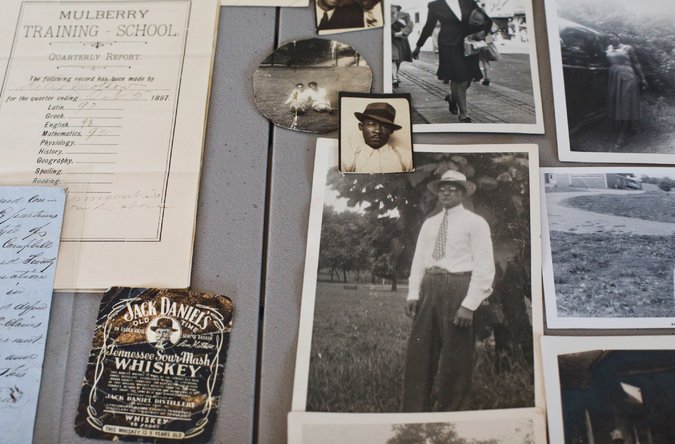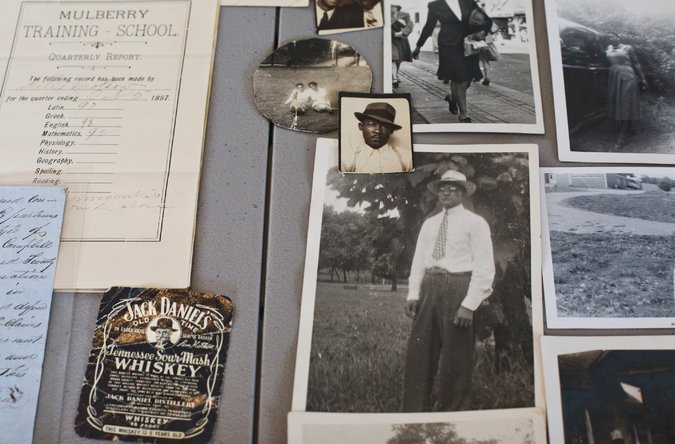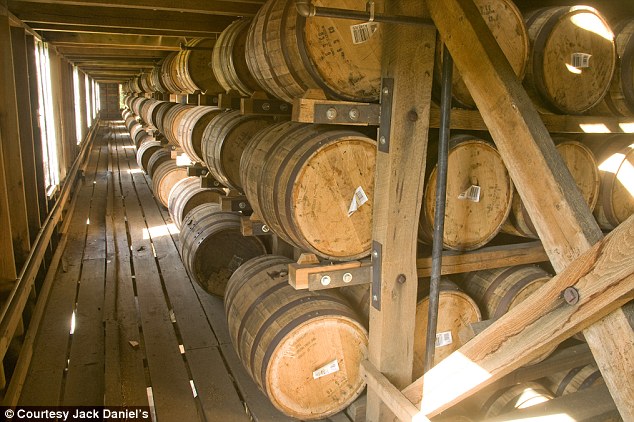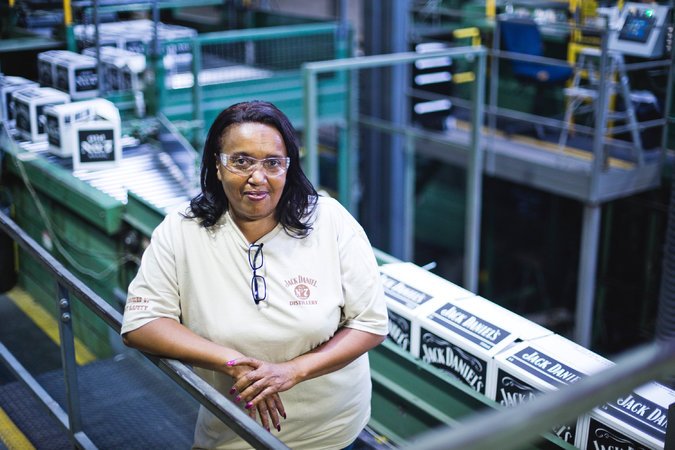

For years, visitors to Tennessee’s Jack Daniel’s distillery have gotten a version of history that goes down as smooth as a good whiskey: In the 1850s, a preacher and distiller by the name of Dan Call recognized potential in young Jasper Newton “Jack” Daniel and taught him how to run a still.

But, as the bestselling whiskey maker approaches its 150th anniversary, The New York Times reports that the brand is revisiting history and embracing a more accurate historical account, in which Daniel was an apprentice to Nearis Green, one of Call’s slaves.
Green’s existence had long been an open secret, but in 2016 Brown-Forman, the company that owns the Jack Daniel Distillery here, made international headlines with its decision to finally embrace Green’s legacy and significantly change its tours to emphasize his role.

For years, the prevailing history of American whiskey has been framed as a lily-white affair, centered on German and Scots-Irish settlers who distilled their surplus grains into whiskey and sent it to far-off markets, eventually creating a $2.9 billion industry and a product equally beloved by Kentucky colonels and Brooklyn hipsters.
Left out of that account were men like Nearis Green. Slavery and whiskey, far from being two separate strands of Southern history, were inextricably entwined. Enslaved men not only made up the bulk of the distilling labor force, but they often played crucial skilled roles in the whiskey-making process. In the same way that white cookbook authors often appropriated recipes from their black cooks, white distillery owners took credit for the whiskey.

In deciding to talk about Green, Jack Daniel’s may be hoping to get ahead of a collision between the growing popularity of American whiskey among younger drinkers and a heightened awareness of the hidden racial politics behind America’s culinary heritage.
“It’s absolutely critical that the story of Nearest gets added to the Jack Daniel story,” Mark I. McCallum, the president of Jack Daniel’s Brands at Brown-Forman, said in an interview.
The company’s decision to recognize its debt to a slave, first reported last year by The New York Times, is a momentous turn in the history of Southern foodways. Even as black innovators in Southern cooking and agriculture are beginning to get their due, the tale of American whiskey is still told as a whites-only affair, about Scots-Irish settlers who brought Old World distilling knowledge to the frontier states of Tennessee and Kentucky.
“It’s something my grandmother always told us,” said Debbie Ann Eady-Staples, a descendant of Green who lives in Lynchburg and has worked for the distillery for nearly 40 years. “We knew it in our family, even if it didn’t come from the company.”

Green’s story changes all that by showing how enslaved people likely provided the brains as well as the brawn in what was an arduous, dangerous and highly technical operation.
According to author Fawn Weaver, Green was rented out by his owners, a firm called Landis & Green, to farmers around Lynchburg, including Dan Call, a wealthy landowner and preacher who also employed a teenager named Jack Daniel to help make whiskey. Green, already adept at distilling, took Daniel under his wing and, after the Civil War and the end of slavery, went to work for him in his fledgling whiskey operation.
In all likelihood, there were many other men like Green, scattered around the South. Records are spotty, though references to slaves skilled in distilling and whiskey making pop up in slave sales and runaway-slave ads from the early 19th century. But only one of them helped found a whiskey brand that today generates about $3 billion a year in revenue.
